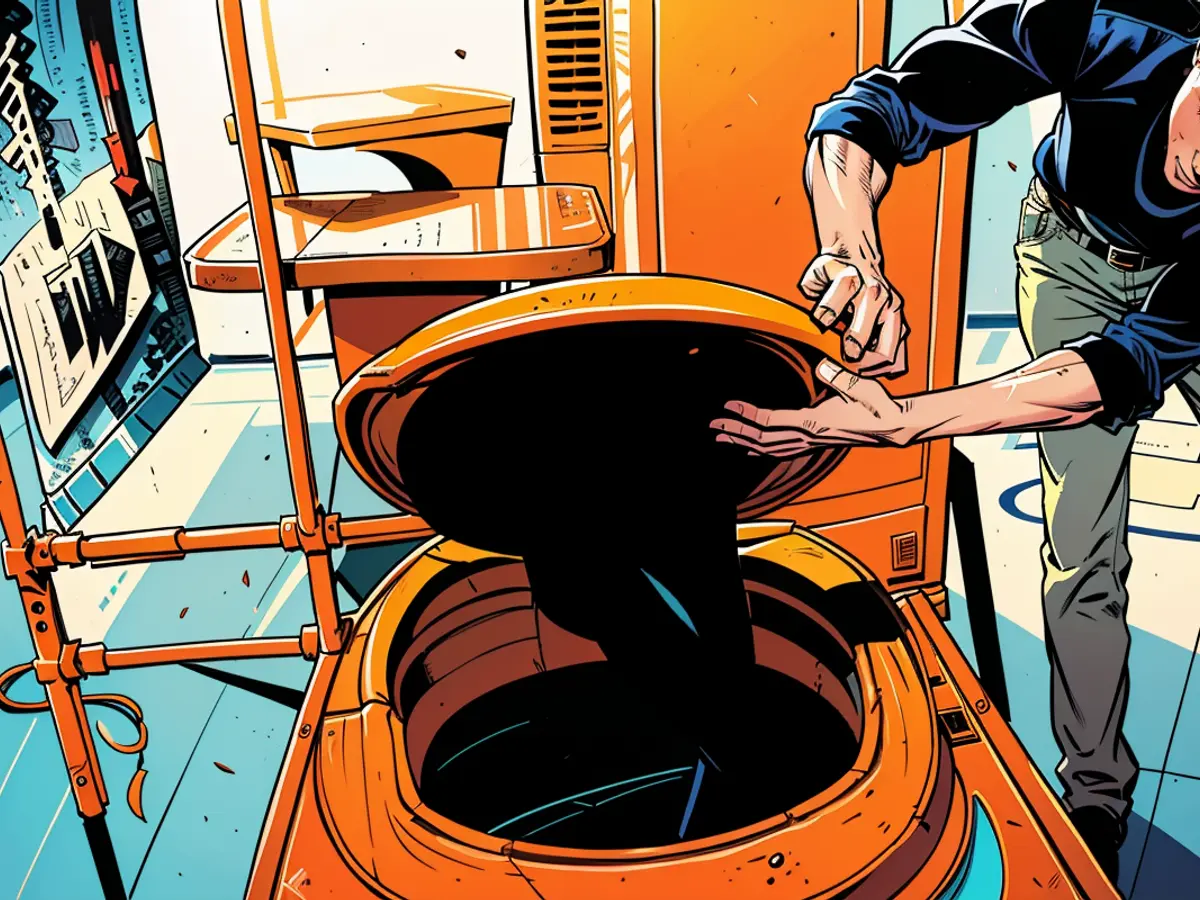- Colorful and modern again - Museum shows GDR plastic furniture
Many former East Germans might find themselves saying "That's still in my kitchen" or "I remember that too" when visiting the new exhibition at the Museum of Utopia and Everyday Life in Eisenhüttenstadt. The museum is dedicated to the boom of vibrant and uniquely shaped plastic furniture that became popular in the DDR in the 1970s.
"Garden Egg" and "Z-Chair"
Many of the exhibited pieces are icons of East German design, according to one of the exhibition's curators, Axel Drieschner. In the early 1970s, synthetic materials began to be used more and more in furniture production, making new forms possible and adding a splash of color. Polyurethane (PUR), which also gives the exhibition its name "PURe Visions," was used extensively.
Initially, a few West German companies produced these items, but the DDR sought out the technology and became, according to Drieschner, the largest producer of plastic furniture in the 1970s. They were inexpensive and easy to produce, promising a uniform supply of modern furniture for the population. They could be found everywhere, from bars and restaurants to cultural institutions.
Tens of thousands of these furniture pieces were produced, especially in Schwarzheide and Schwedt, Drieschner said. The "Z-Chair," for example, was produced 10,000 times in Schwedt, as was the "Garden Egg." At the time, polyurethane was the material of choice, with properties similar to wood. It is durable and not significantly affected by sunlight.
After the fall of the wall, these plastic furniture pieces lost their visibility, Drieschner explained. "In the 1990s, many of these items were considered outdated." Goods from the DDR were morally and aesthetically discredited, and many were carelessly discarded or stored in basements. "This wasn't limited to just this plastic furniture," Drieschner said.
In recent years, these designs have become popular again. Initially, they were popular among design enthusiasts under the term "Ostmoderne," but now they have a wide range of interested buyers. Well-preserved pieces are now "gold dust" and can fetch high prices.
However, Drieschner noted that many of the pieces are in poor or mediocre condition. These can be found relatively cheaply. Some designs are even being reissued: a company in Chemnitz is currently producing the famous DDR-era Z-Chair again.
The exhibition is open from Saturday until March in Eisenhüttenstadt.
Visitors to the exhibition may recall having similar furniture pieces in their own homes, given that polyurethane furniture was ubiquitous in the 1970s and was produced in large quantities, with items like the "Z-Chair" and "Garden Egg" being produced thousands of times in Schwedt.
Despite their declining popularity in the 1990s, these once discarded plastic furniture pieces from the DDR have seen a resurgence in recent years, with well-preserved pieces becoming highly prized and fetching high prices.








